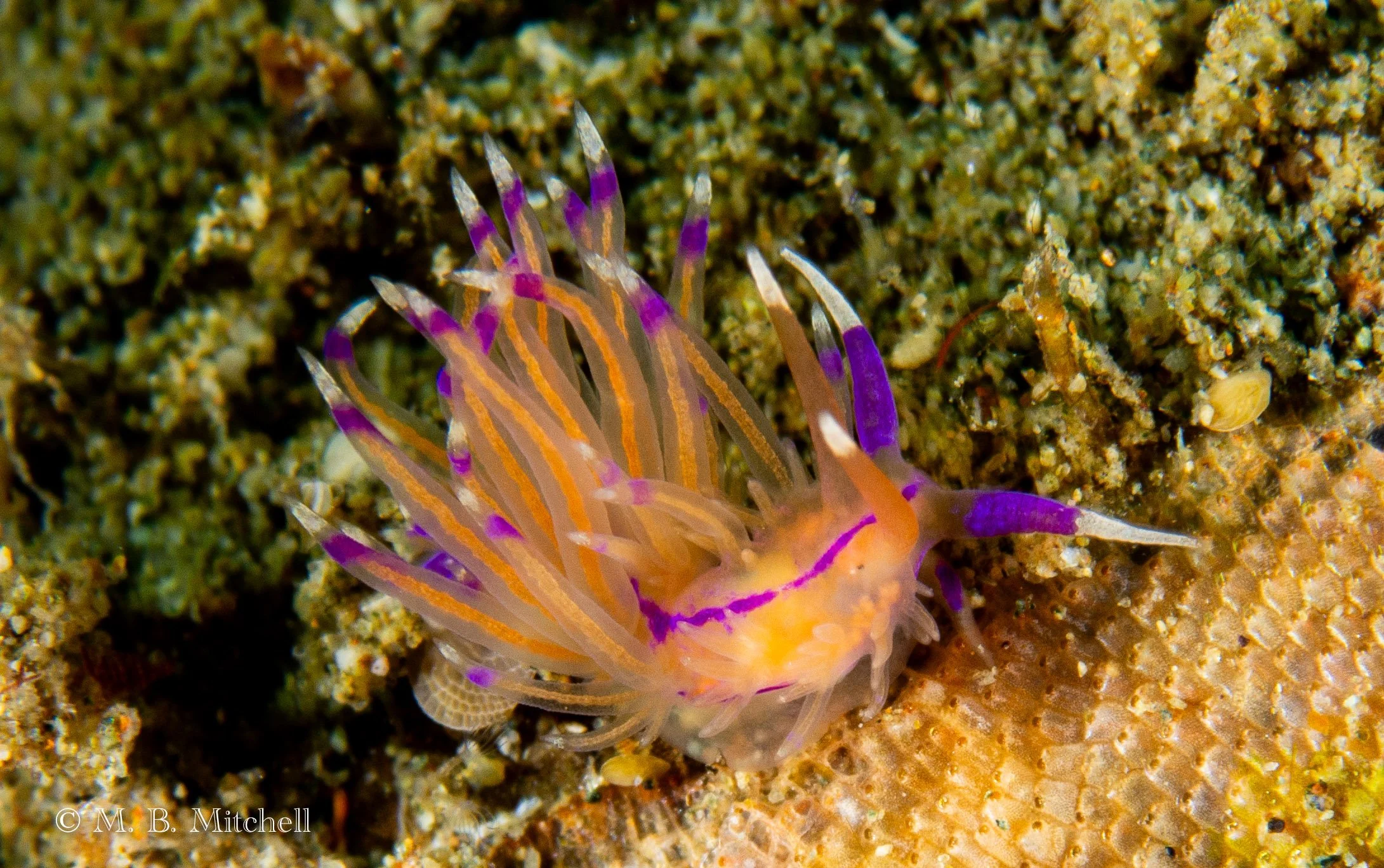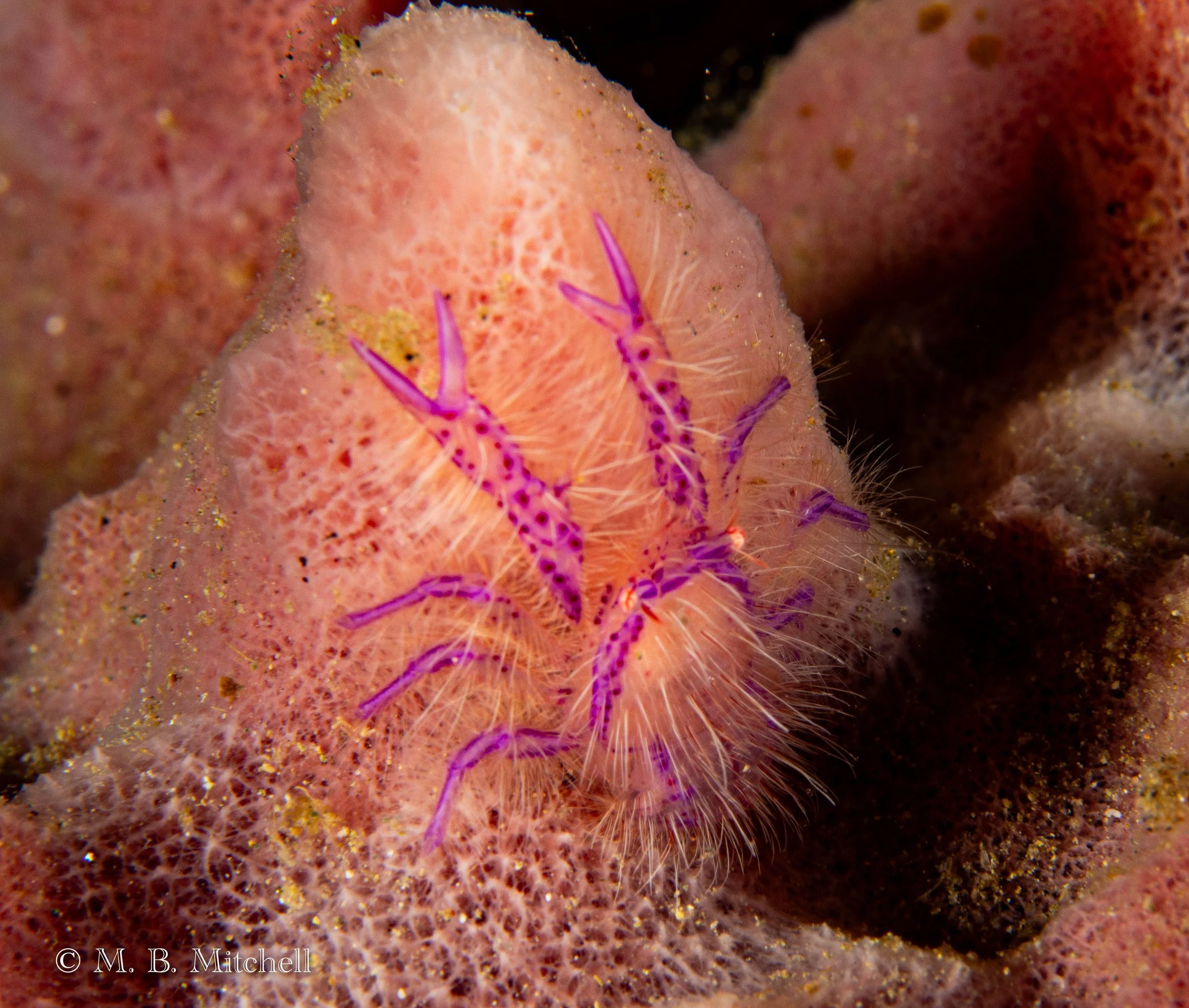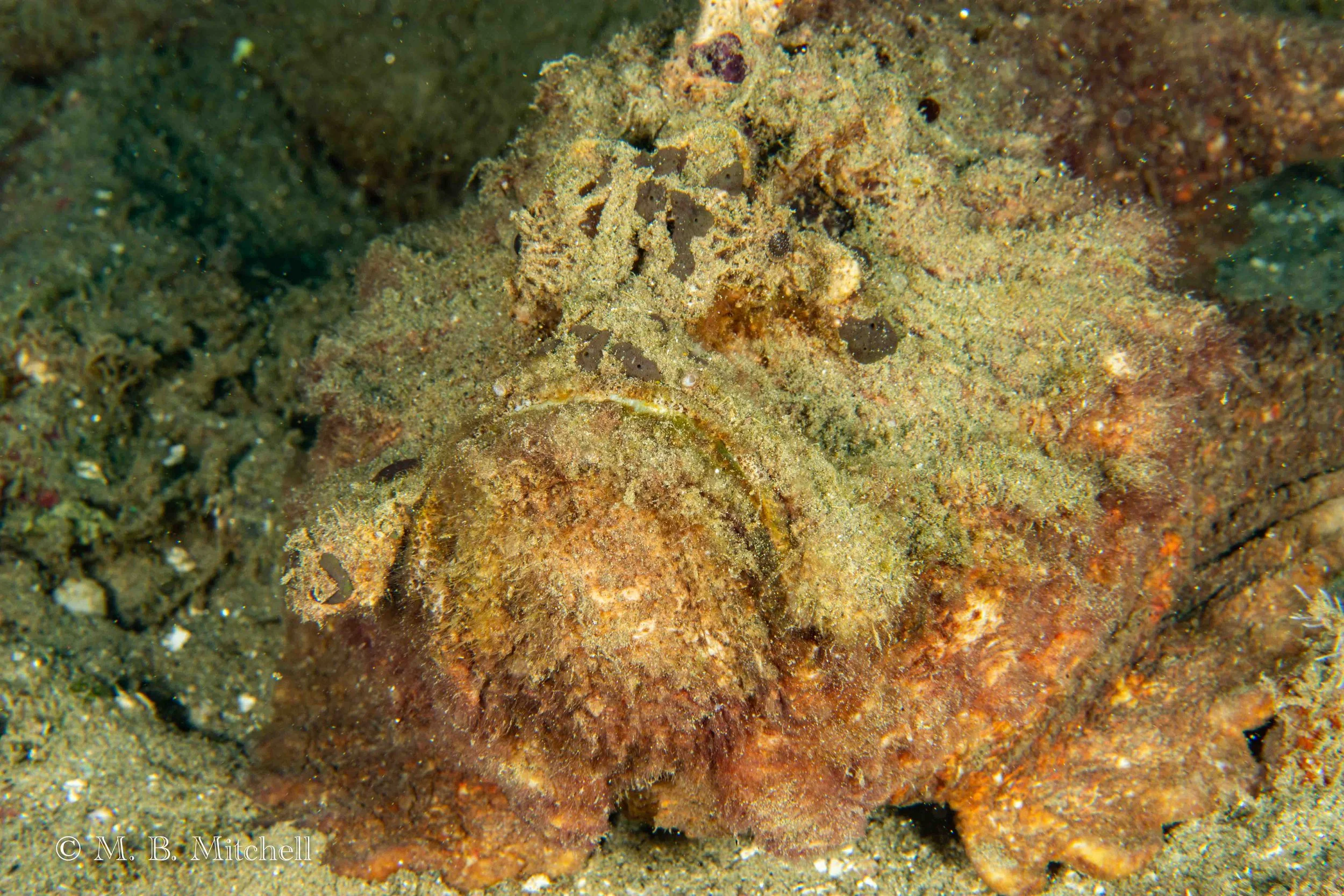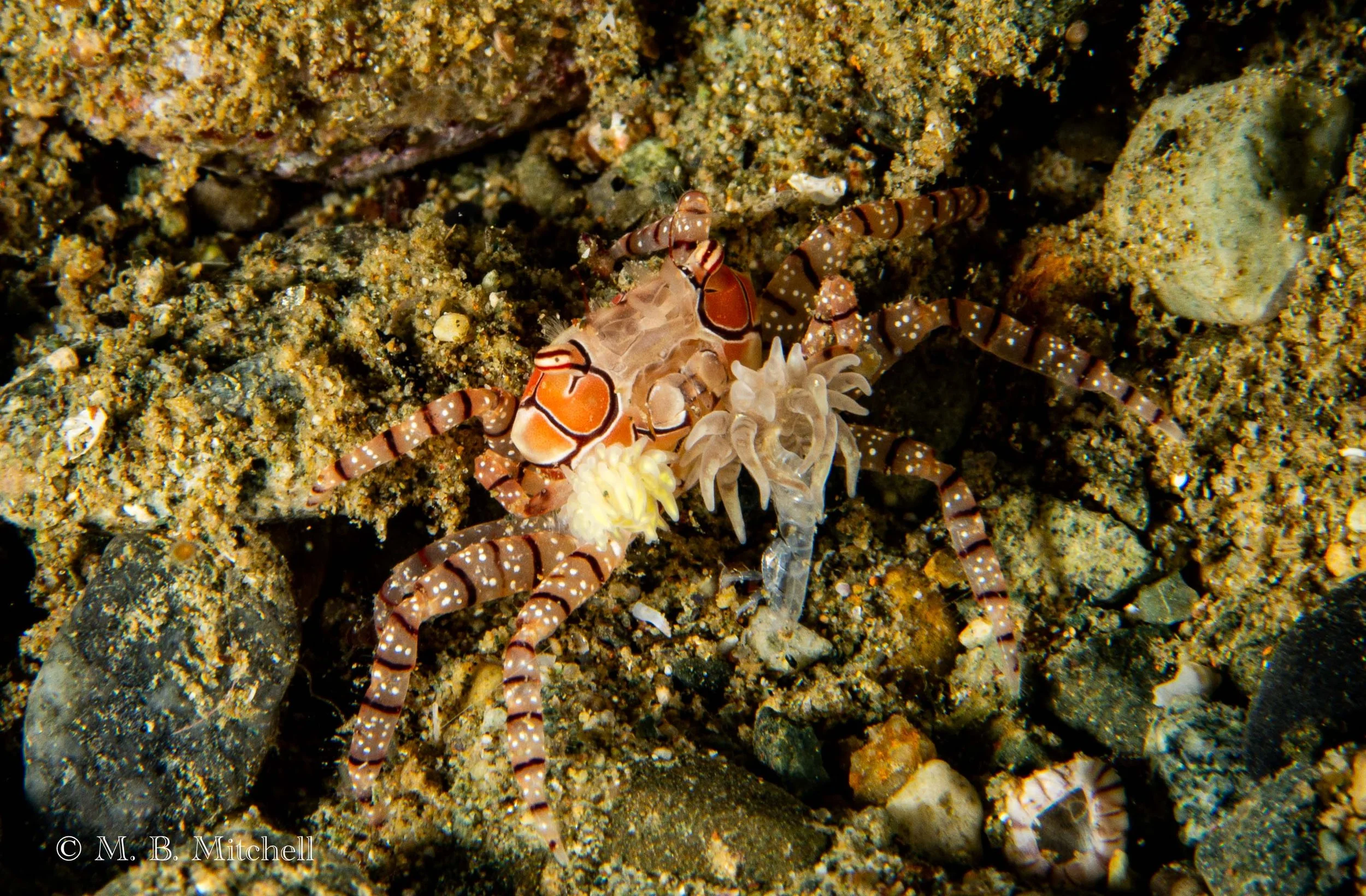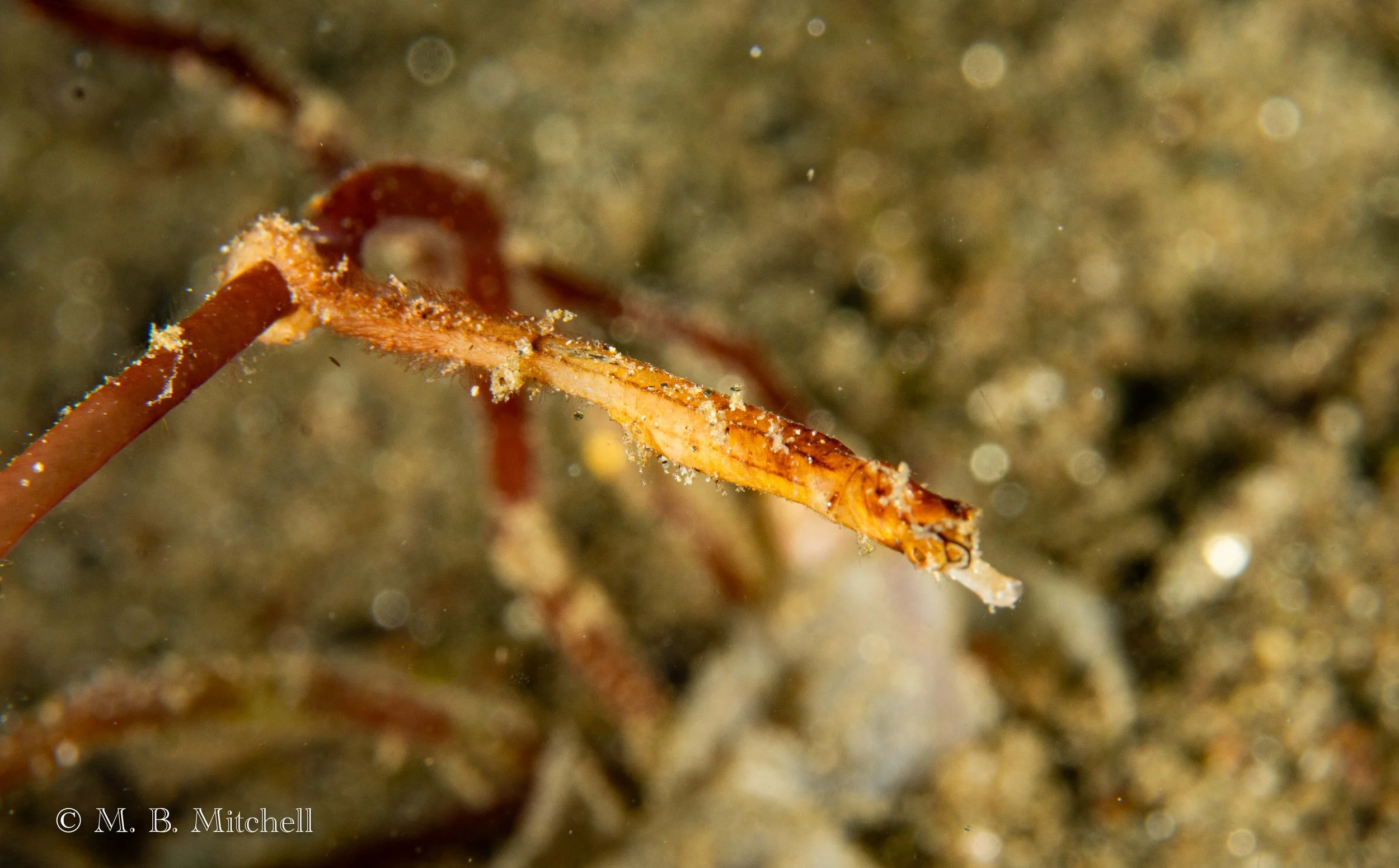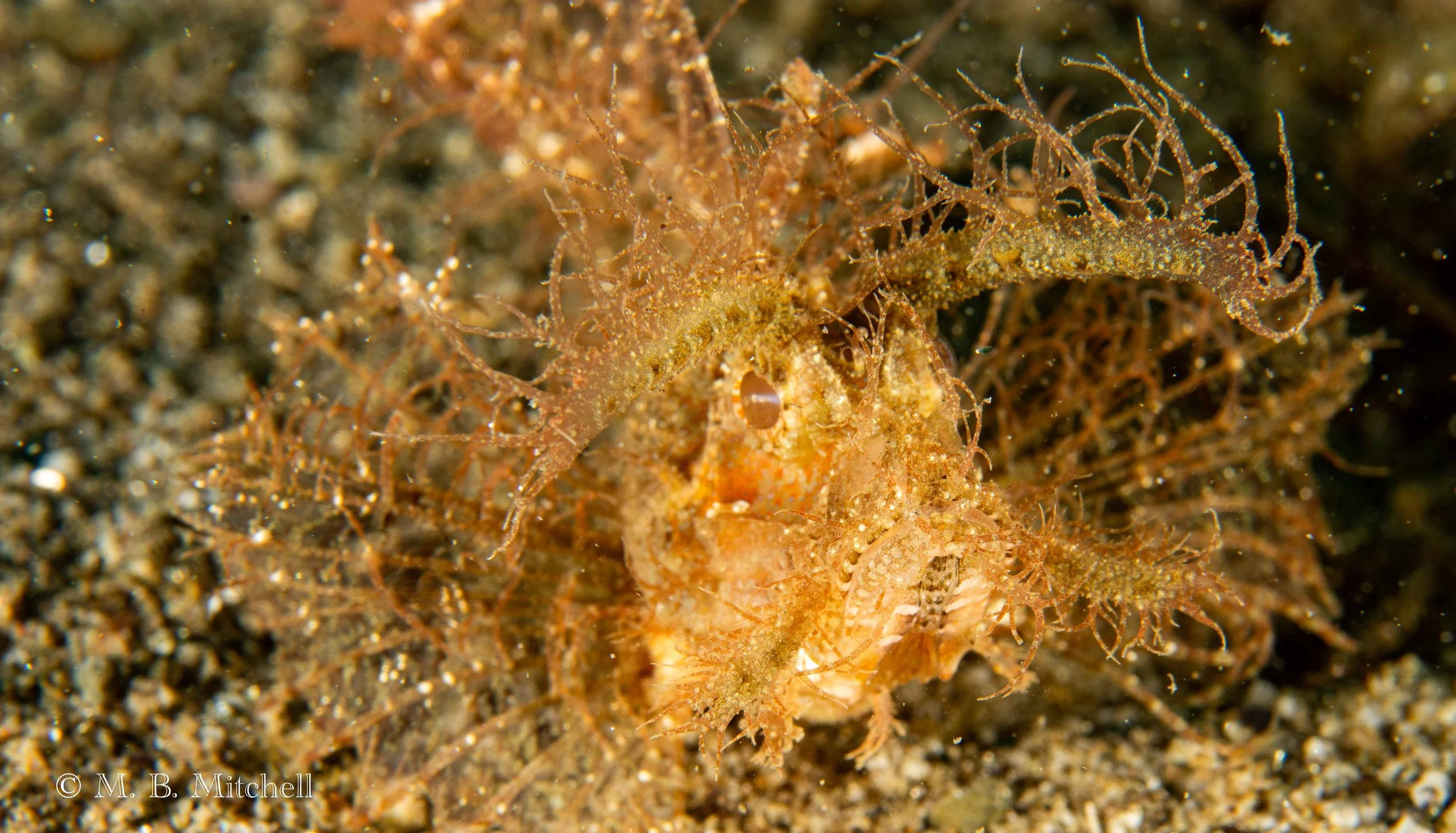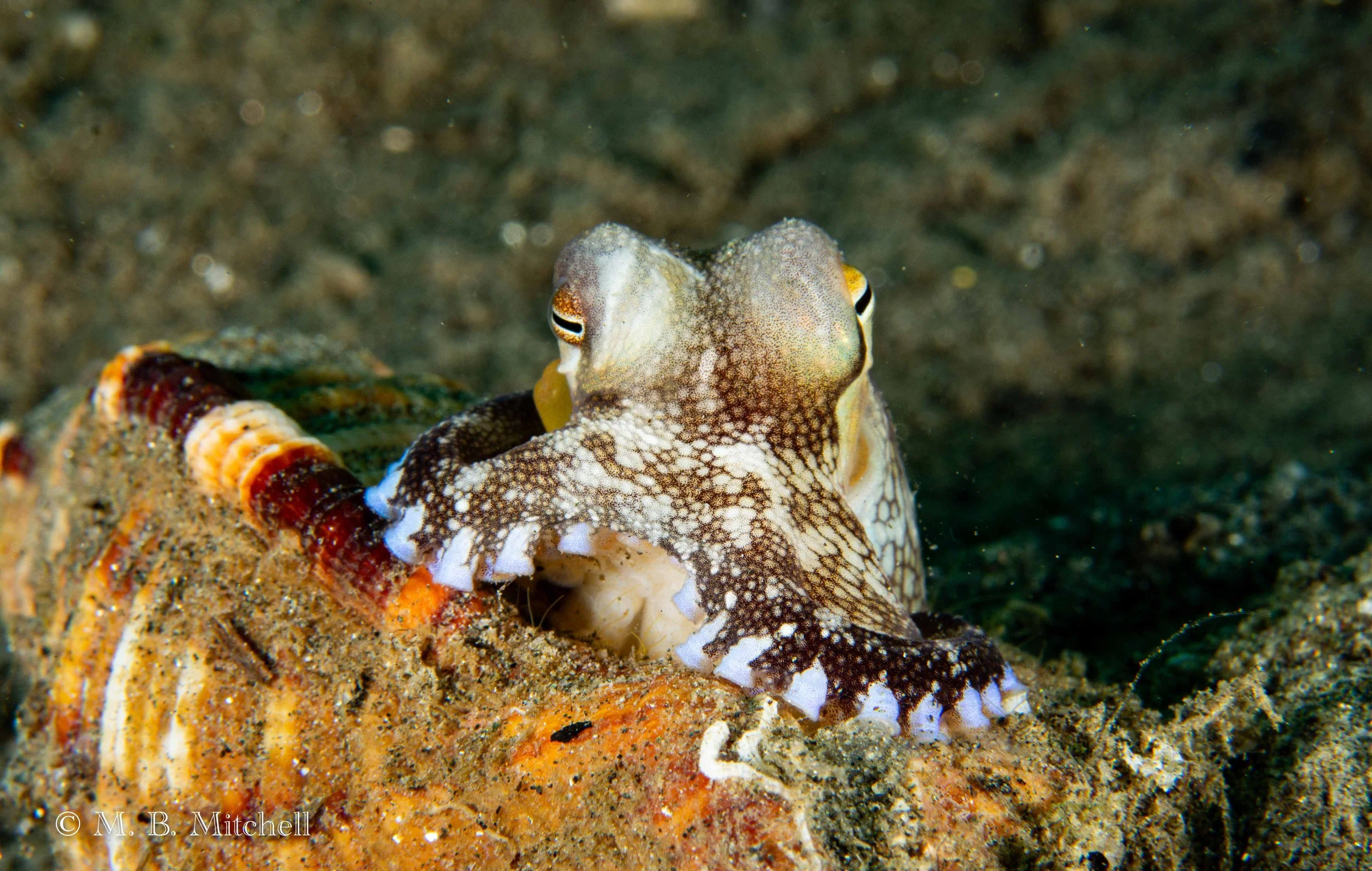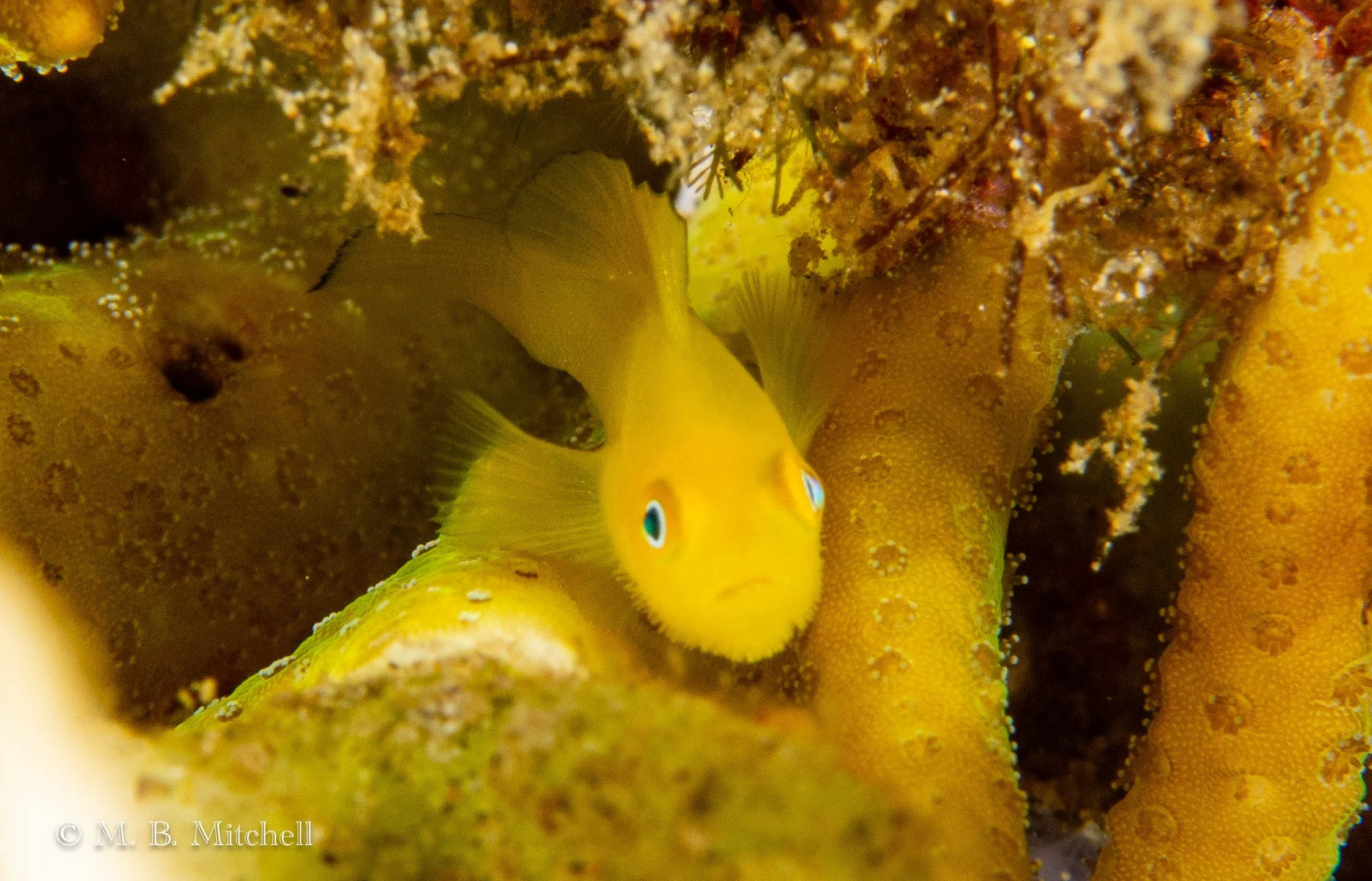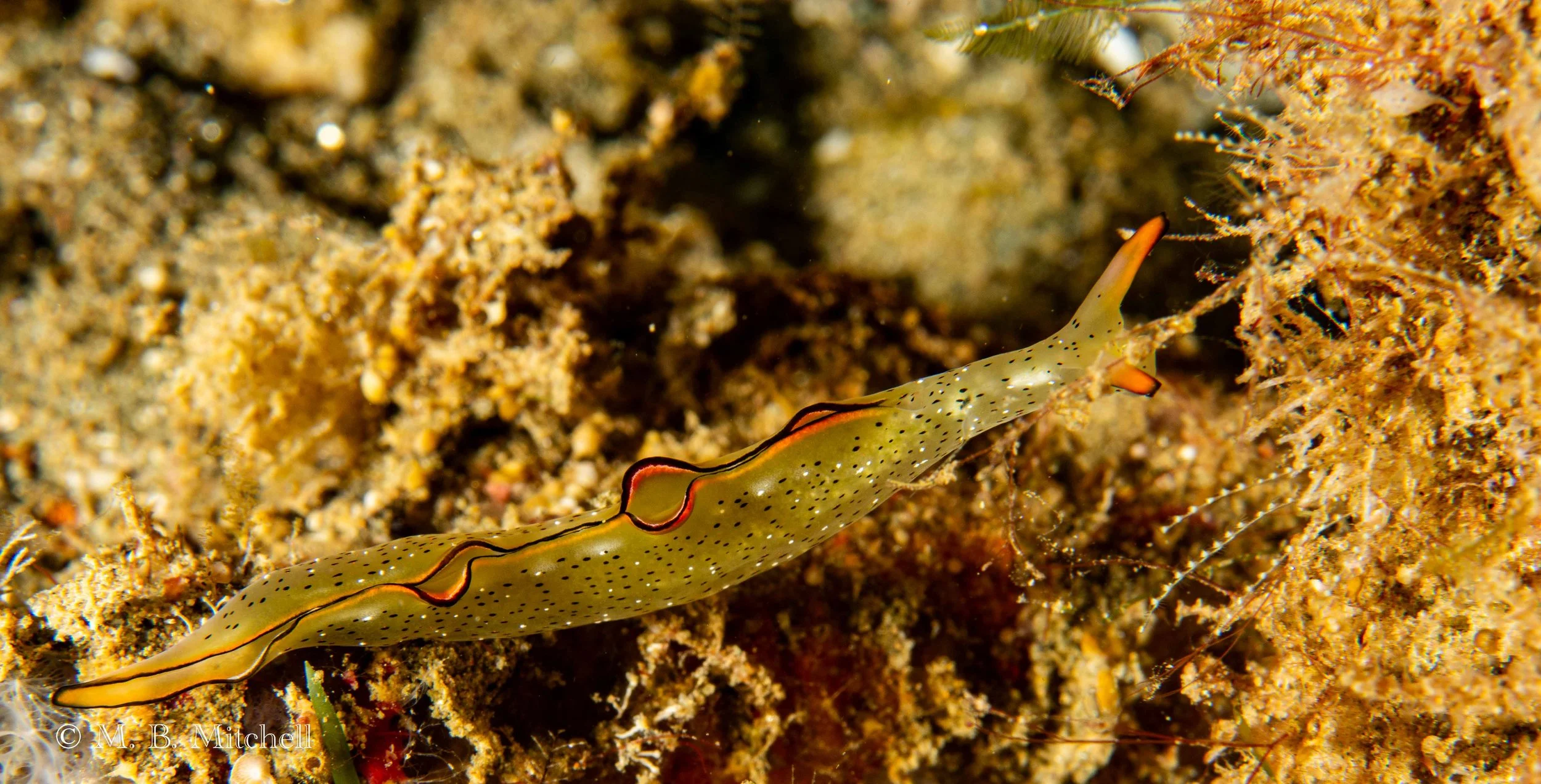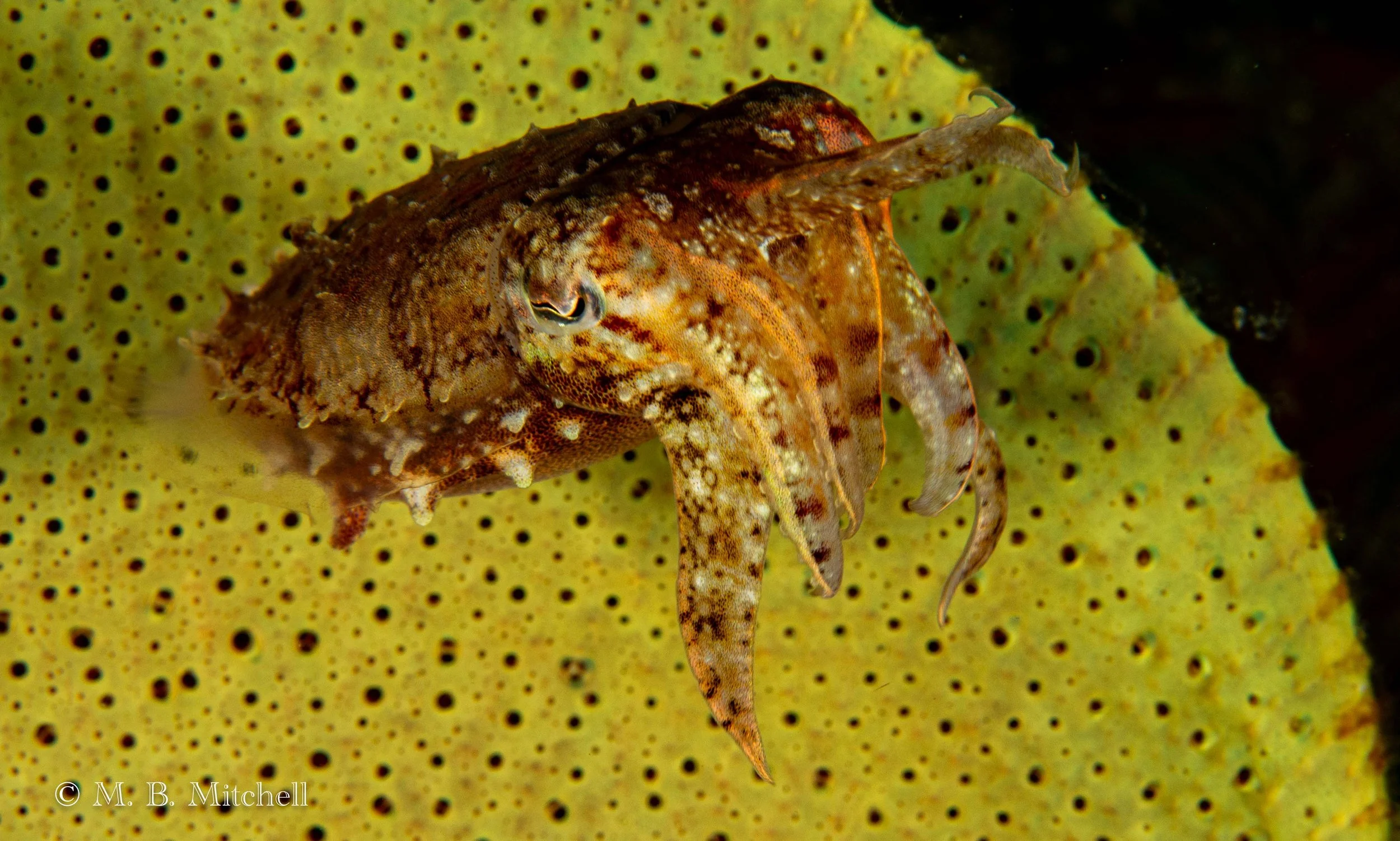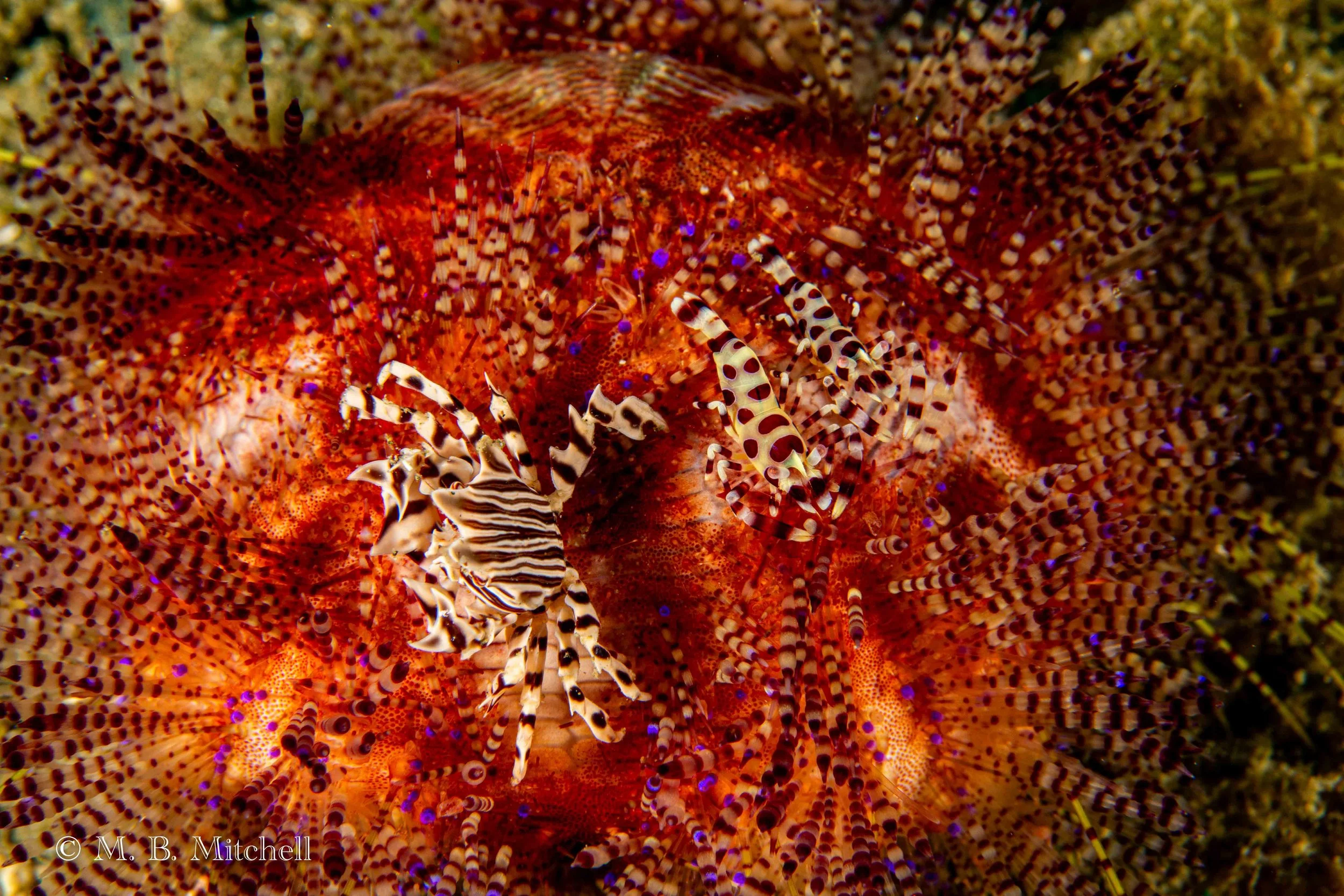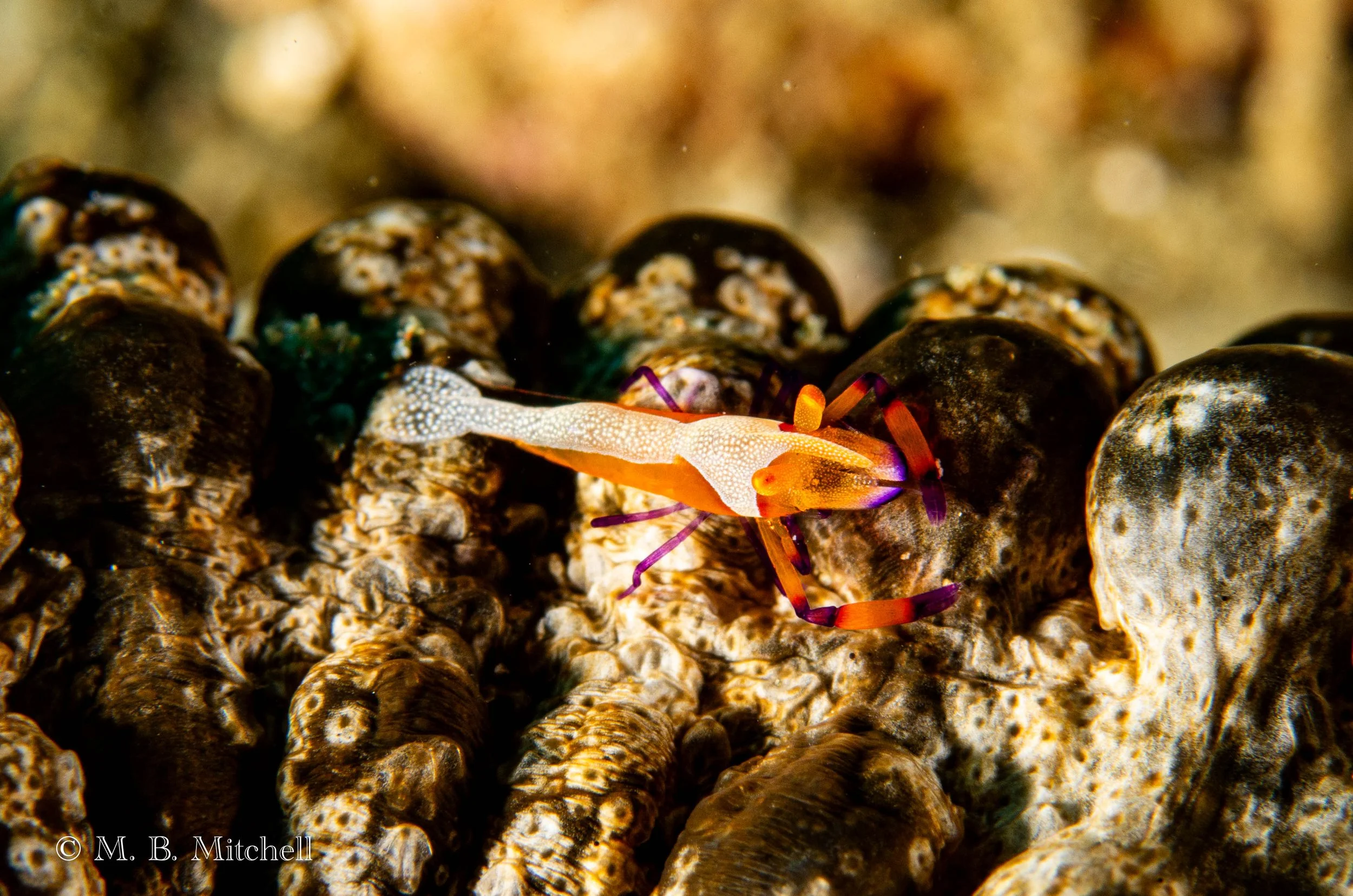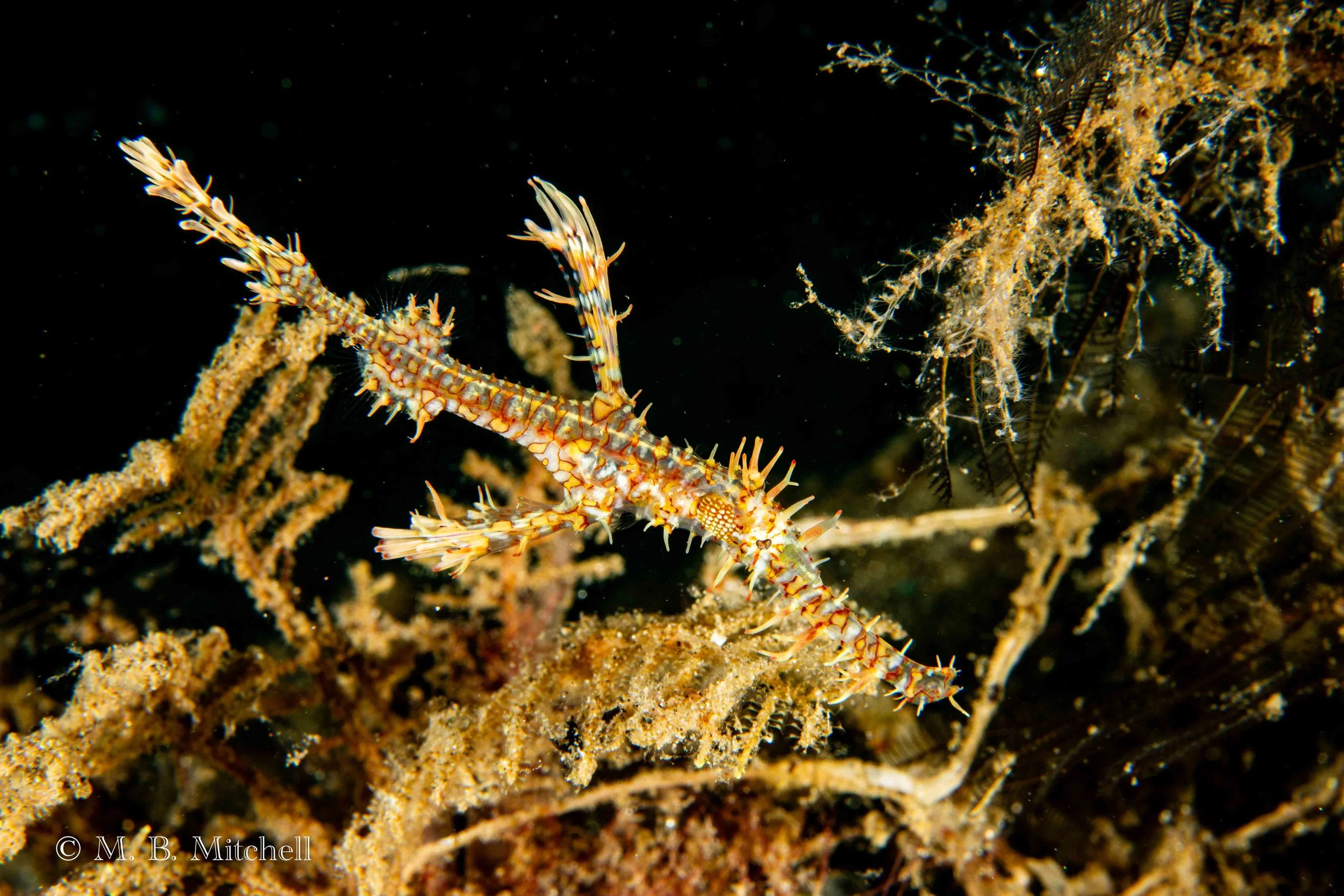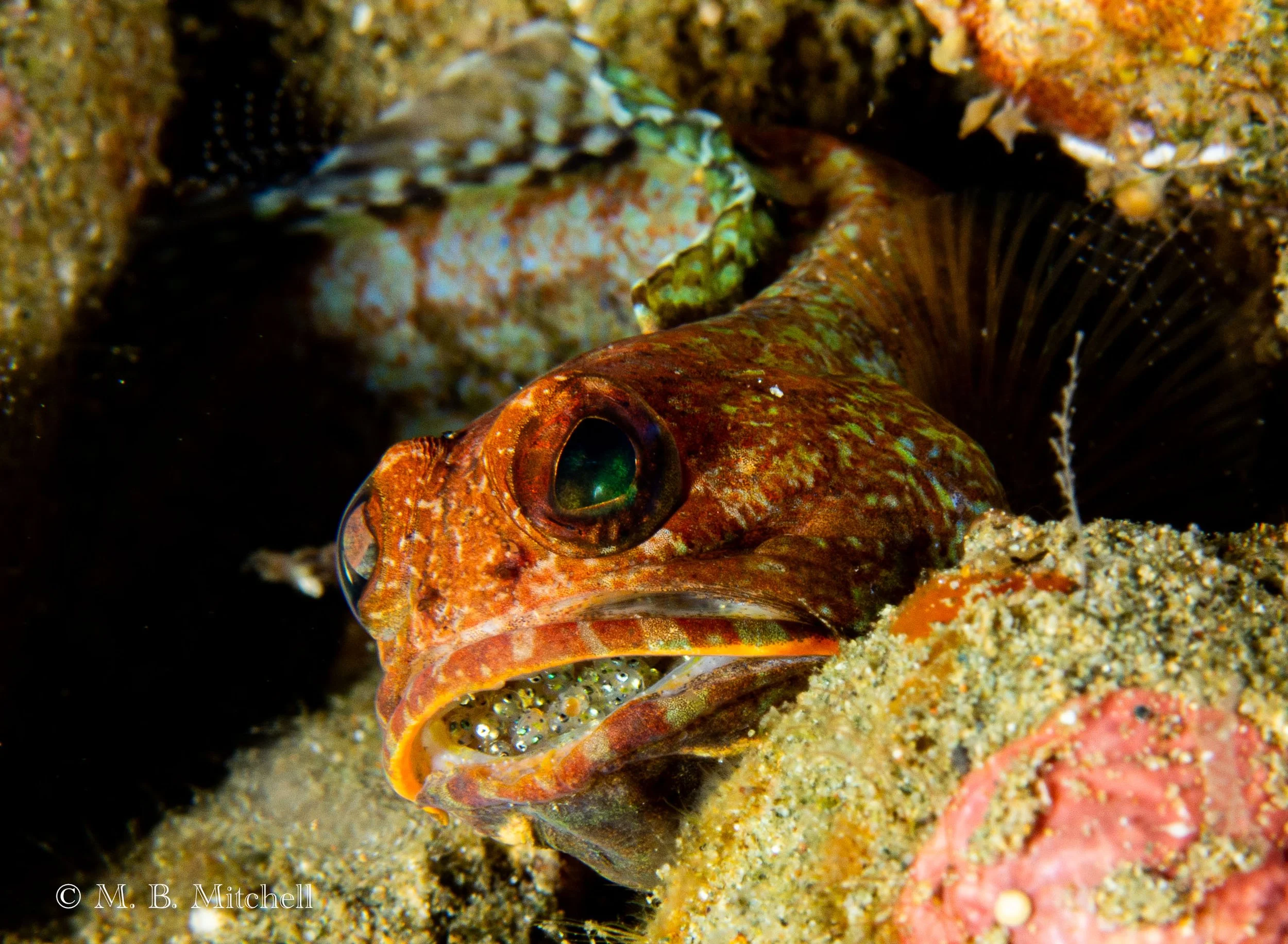Muck Diving….the good, the bad and the oh so ugly!
Paddle Flap Rhinopias courtesy of Mark Mitchell.
Ever wondered about muck diving?
According to Google, Muck diving is a type of recreational diving that focuses on exploring sandy or muddy bottoms of the ocean, particularly in areas with little to no coral or rock formations. It's characterized by a slow, methodical search for the small, unusual, and often well-camouflaged marine life that lives in these seemingly barren environments.
That description isn’t too appealing, but I believe that muck diving gets a bad rap. It’s not for everyone and Google gets some of it right, but to me it’s a treasure hunt of weird and exotic critters. To others it’s a sometimes-monochromatic wasteland of sameness. Imagine waiting 17 + years, as I did on a recent trip to Ambon, waiting to see a purple weedy rhinopias and seeing it 7 minutes into your first dive…by the end of a 60-minute dive you’ve seen five. Photos are great but not nearly the same as seeing some bizarre and wonderful critter for yourself and knowing that moment was worth the wait. What an amazing thrill!
If you find happiness diving with schooling pelagic critters, in the abundance of soft and hard corals, muck diving might not be for you, but for others it can be a welcome change to view the unique rhinopias, Harlequin shrimp, Donald Duck shrimp, hairy squat lobster, Shaun the Sheep (nudibranch), both ornate and robust ghost pipefish, the list for these bizarre and beautiful finds go on and on.
The most famous places for muck diving include but are not limited to Lembeh Straits and Ambon in Indonesia, or Anilao and Dumaguete in the Philippines. In some cases, these sites could offer more traditional coral and fish dives to compliment the monotony of daily muck diving. Other locations offer primarily traditional dive sites and a few muck sites like Puerta Galera in the Philippines, to sample muck diving before committing to a full trip of this unique style of diving.
But what about the ick? There is truth to the idea that many of the famous muck diving sites have garbage…in some cases that same garbage has become a new habitat for the critters that call this “wasteland” home. Imagine a glass soda bottle in the sand with a tiny inhabitant looking out at you from the safety of their adopted “home”. In other cases, the garbage can be viewed as nasty, and you want to shower immediately after you return to the dive boat. It’s a mixture of weird and dirty sometimes.
Fortunately muck diving is usually shallow so you can maximize your bottom time, but your buoyancy needs to be good, so you don’t mess up the sandy bottom where you’ll find your hidden gems. If you decide to give muck diving a try, bring your flashlight, perhaps a magnifying glass and some patience. It can initially seem like a waste of time and effort. You’ll need to adjust your expectations at first to the lack of anything worth your focus but after that the first movement of something unusual and then you know the hunt is on!
All photos courtesy of Mark Mitchell
Thank you to my exploratory travelers, you were the inspiration for this blog…..


